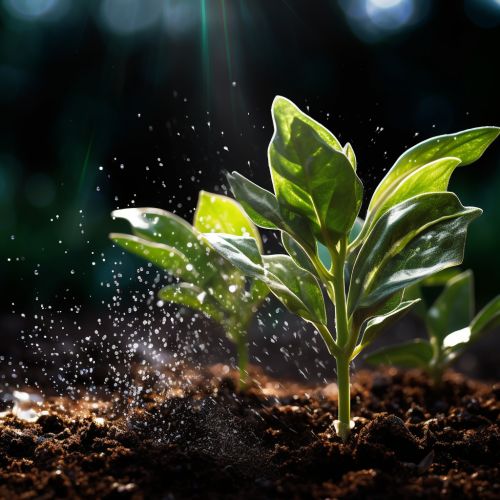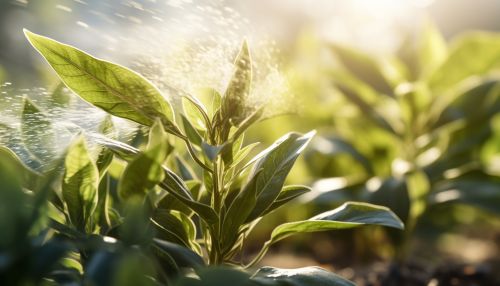The Science of Plant Volatile Organic Compounds and Ecosystem Interactions
Introduction
Plants emit a diverse array of volatile organic compounds (VOCs) that play crucial roles in the interactions between plants and their surrounding environment. These interactions can be with other plants, insects, herbivores, and even the atmosphere itself. The science of plant VOCs and ecosystem interactions is a rapidly growing field, with new discoveries being made on a regular basis.
Plant Volatile Organic Compounds
Volatile organic compounds (VOCs) are a group of carbon-based compounds that have high vapor pressure and low water solubility. Many VOCs are commonly known for their role in the aroma of plants. However, they also play a crucial role in plant survival and adaptation strategies.


Types of Plant VOCs
Plant VOCs can be broadly classified into two categories: terpenoids and green leaf volatiles (GLVs).
Terpenoids, also known as isoprenoids, are the largest and most diverse class of plant VOCs. They are derived from the five-carbon compound isoprene, and their primary function is to deter herbivores and attract beneficial insects.
Green leaf volatiles (GLVs) are a group of six-carbon alcohols, aldehydes, and esters that are formed when plant cells are damaged. Their main function is to attract predators of the herbivores that feed on plants, thereby providing an indirect form of defense.
Ecosystem Interactions
Plant VOCs play a crucial role in ecosystem interactions, affecting a range of processes from plant-pollinator interactions to atmospheric chemistry.
Plant-Pollinator Interactions
Many plants rely on insects for pollination, and VOCs are often used to attract these pollinators. For example, many flowers emit a specific blend of terpenoids to attract their preferred pollinators. These VOCs can also help to deter non-beneficial insects, ensuring that only the desired pollinators visit the flower.
Plant-Herbivore Interactions
Plant VOCs also play a crucial role in plant-herbivore interactions. Many plants emit VOCs in response to herbivore attack, which can serve to deter the herbivore, attract predators of the herbivore, or both. This is known as indirect plant defense.
Atmospheric Interactions
Plant VOCs also have significant effects on the atmosphere. They can react with other atmospheric compounds to form secondary organic aerosols, which can affect cloud formation and, consequently, global climate.
Conclusion
The science of plant VOCs and ecosystem interactions is a complex and fascinating field. While much has been learned about the role of VOCs in plant-pollinator and plant-herbivore interactions, there is still much to discover about their role in atmospheric processes and their potential impacts on climate change.
